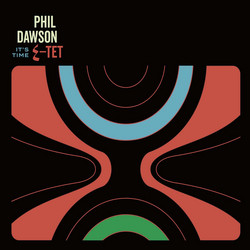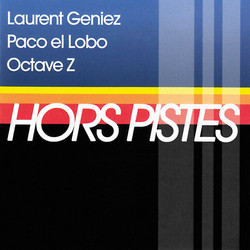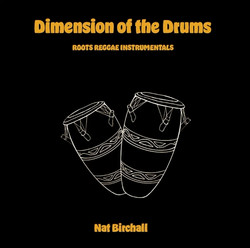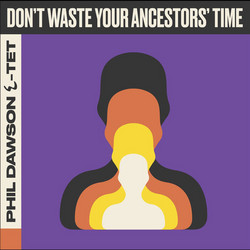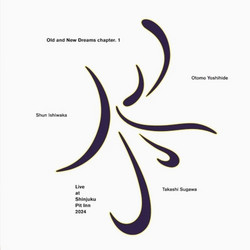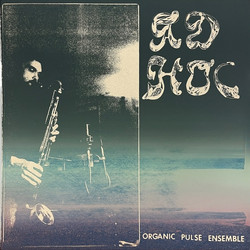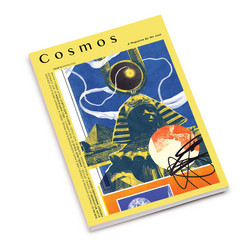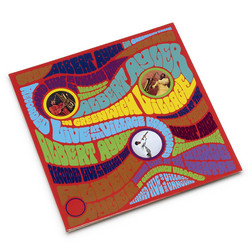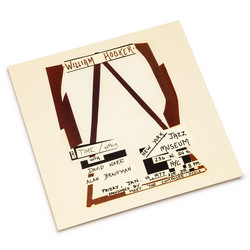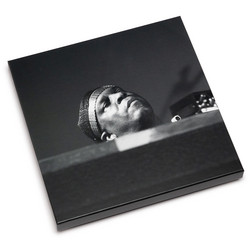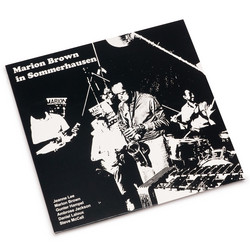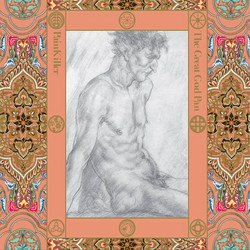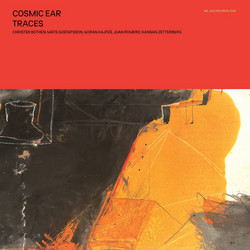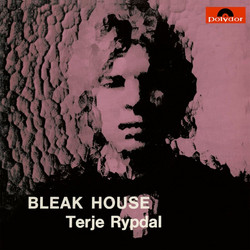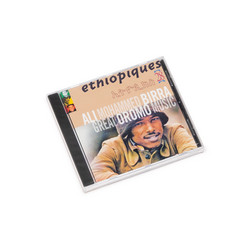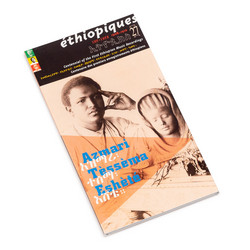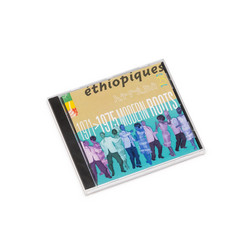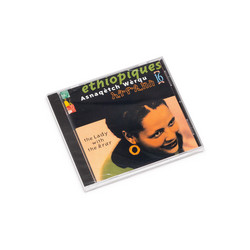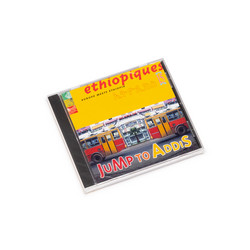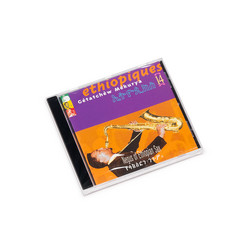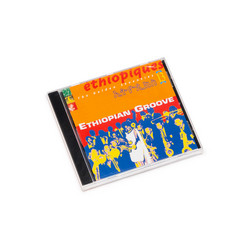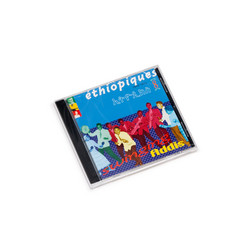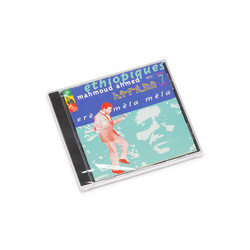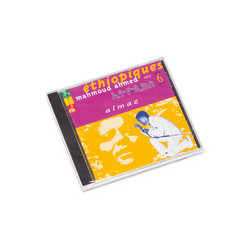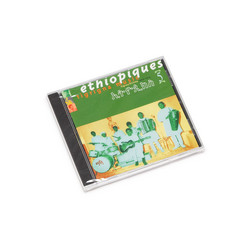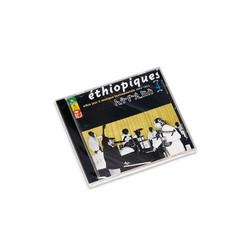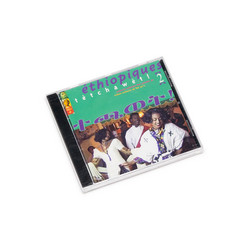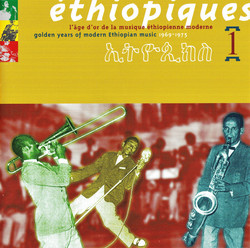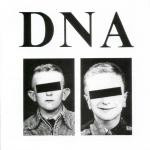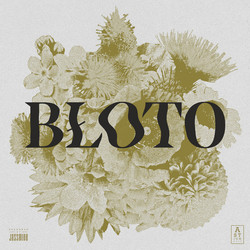Buenos Aires or any city in the world. Daniel Melingo is in a rehearsal room. The musicians accompanying him have left, exhausted. The instrumentalist musician has been playing all the instruments, which for him are extensions of his body, for hours. The piano, the drums, the guitar, the bass, the xylophone, the saxophone, the bouzouki. He conducts an orchestra made up of himself. As if he was looking for the secret formula in his laboratory where every sound - even if it is not instrumental - is transformed by alchemy into a melody. An image from the past invades him.
He is a child in a family cellar, reading ‘The Colour That Fell from the Sky’ by Lovecraft, one of his favourite authors. Suddenly, as he reads the story of this colour coming from an entity from outer space, a colour that does not correspond to any of the visible spectrum known to humans, the light is cut off in the whole neighbourhood. Did it transmit to him a luminous but forbidden knowledge, only given to him? The thought passes fleetingly. Almost without strength, as if the music - which is infinite and wants to take him with it - plays the trumpet and he collapses into an armchair. As the sound is paying out, it is as if we were entering through the black hole of the instrument like a tunnel into the musician's interior. We travel through his body, his fibres, his blood vessels, his heartbeat - also melodious - until we reach his mind. There, a fragmented dream is drawn. Melingo plays the bouzouki on a distant island, a woman in black listens to him. We are inside her.
As if abducted by his unspeakable secret or cosmic experiment. But we cannot hear his melody, which is offered only to him. From inside we see a light: it is his eyes that open. He gets up, runs and goes out into the street. He has dreamt a melody never heard, never invented. And he gets lost in the street and that music resounds in his head like a mental refrain. Can a dream lead to the origin of the dreamer? Melingo doesn't tell anyone what sound he dreamt. But the origin was that, like the construction of an unfathomable world where the remote is the immediate, the eternal is the ephemeral, the past is the present, and the infinite, finite. He does not know whether the sound came from the past or from the future. He investigates the origin of that sound.
He discovers, like an entomologist of mysteries, that onirochrisia, the art of explaining dreams, exists. Only allegorical dreams were analysed, symbolic images that required correct interpretation. Hieroglyphs were also used. The one who unveiled the dreams was called the oneirocrat. One of the most legendary of them, according to legend, was called Daniel, like him. He finds more signs. In front of an old oracle he interprets the origin of the dream in one sentence: the soothsayer speaks of ‘women dancing dislocated in a Greek dawn’. The search continues. Until a distant relative appears as an epiphany and reveals that the first Melingo who existed on earth was called Christo Melingo and lived on the Greek island of Zakynthos, which appears in a fragment of the Odyssey.

